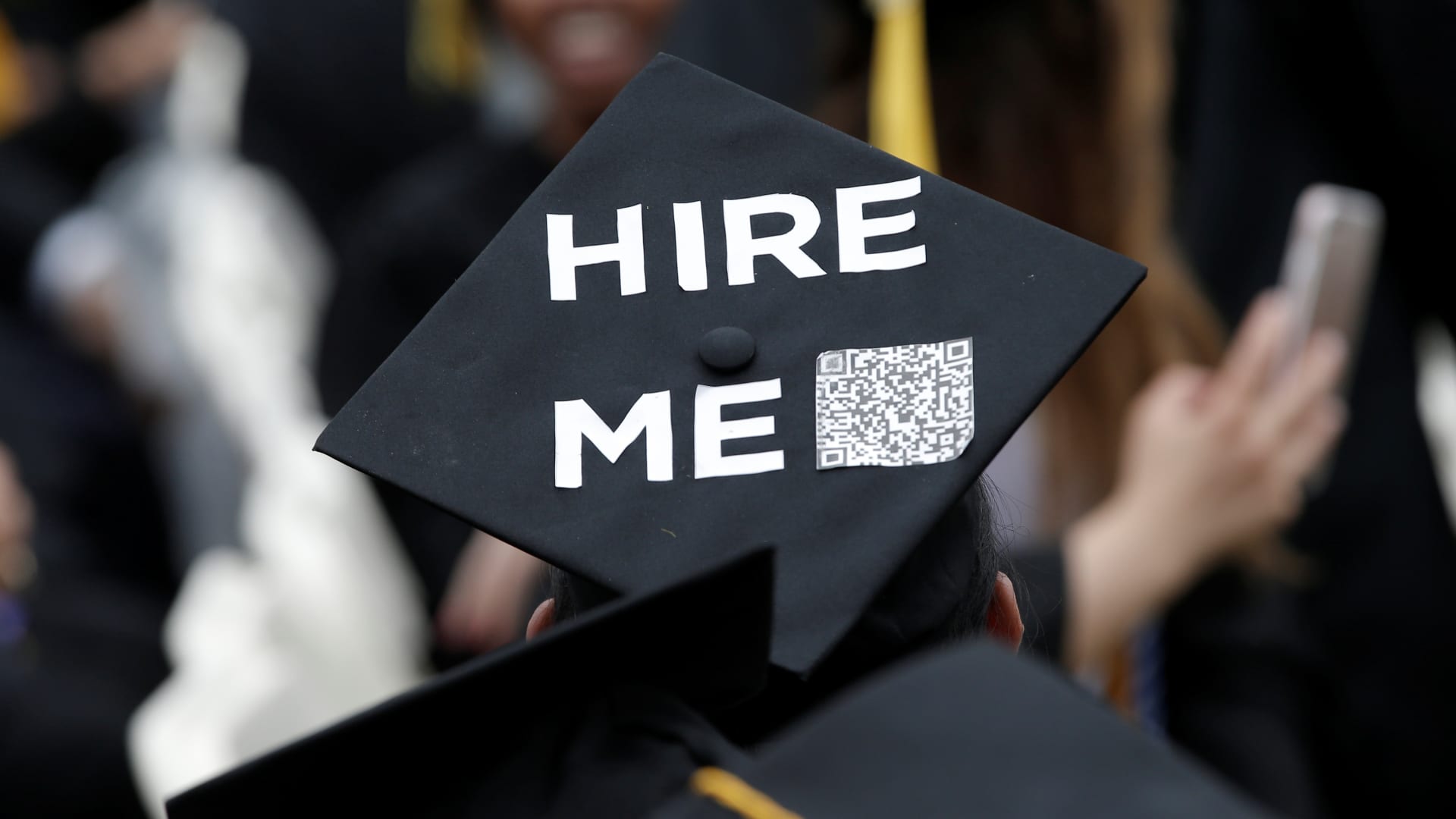Milan2099 | E+ | Getty Images
Many homeowners have seen their property taxes increase in recent years because of rising housing prices and local tax rates. But the property tax assessment isn’t always set in stone: filing an appeal may lower the cost for years.
The median property tax bill in the U.S. in 2024 was $3,500, up 2.8% from $3,349 in 2023, according to an April report by Realtor.com.
How much you pay varies widely depending on where you live, and some places have seen higher bills and bigger increases.
As of 2023, the median property tax for homeowners in New York City was $9,937, according to a new report by LendingTree. The city ranks first among the metropolitan areas with the highest median property taxes. Rounding out the top three are San Jose, California and San Francisco, where homeowners paid a median $9,554 and $8,156, respectively.
More from Personal Finance:
Americans are struggling with rising food prices. How to save
Stagflation is a looming economic risk. What it means for your money
House GOP tax bill calls for ‘SALT’ deduction cap of $30,000 for most taxpayers
Over 40% of homeowners across the U.S. could potentially save $100 or more per year by protesting their assessment value, Realtor.com estimates, with median savings of $539 a year.
“You’re banking on several years of savings,” said Pete Sepp, president of the National Taxpayers Union Foundation.
That’s because while some state or local governments mandate annual property tax reassessments, others set less frequent cycles with gaps of several years — and some have no set schedule at all. There are also some events that can trigger a reassessment, like a home sale or renovations.
Here’s what you need to know before you appeal a property tax increase, according to experts.
‘You’re paying more than you should’
A tax assessment is the way officials determine the value of your property for tax purposes.
Your home’s market value, or what it would sell for, is a major component, but other factors can sway that result. It will ultimately depend on how property taxes are assessed in your area.
“It’s not a nationwide formula,” said Melissa Cohn, regional vice president of William Raveis Mortgage.
However, it’s not uncommon for properties to be over-assessed, meaning you end up paying more in taxes than you should be, said Sepp. Sometimes it can be due to inaccuracies that were never corrected in your home’s assessment.
For example: Your assessment might have 2,500 square feet of livable space cited when it’s really 2,000 square feet, or note four full bathrooms when the home really has three full and one half-bath.
“Those kinds of things get embedded in your property assessment, and year after year, you’re paying more than you should,” Sepp said.
NTUF estimates 30% to 60% of taxable property in the U.S. is over-assessed, based on reports from individual state tax assessors.
How to appeal
Appealing your assessment is “not a terribly difficult investment of time for a residential property owner,” said Sepp. “The processes are reasonably easy and fair.”
Should you be successful, the change typically takes effect for the current tax year, and it becomes the basis for your next assessment, he said.
If you plan to appeal your taxes, your goal is to demonstrate how the assessor is incorrectly applying the assessment formula to your house, said Sal Cataldo, a real estate lawyer and partner at O’Doherty & Cataldo in Sayville, New York.
“It’s challenging the numbers that they’re plugging into the formula for your particular house,” he said.
Here’s how to get started:
1. See if your current assessment is accurate
The first step is to look at the accuracy of your own assessment. You should receive the assessment if it’s in the cycle. You should also be able to find or request your records online through your county, city or district assessor.
Make sure the details about your house are correct, said Sepp, such as the square footage or the age of your roof.
If you notice inaccuracies, start to gather paperwork as evidence. For example, if the roof appears to be relatively new in your assessment, but is in fact much older, look in your records for invoices from contractors from when it was previously repaired, or even the home inspection from when you bought the property.
2. Compare your property to your neighbors’ homes
Knowledge of other houses in your neighborhood or homes close to yours is important because it can help you appeal your tax bill, said Cataldo.
As tax records are public, you can find out what your neighbors with similar homes are paying in taxes. If you’re paying more, that might be an indication that your taxes may be over-assessed, he said.
You’ll also be able to see if they are paying less taxes because they qualify for tax exemptions, Cataldo said.
3. See if you qualify for tax exemptions
You might qualify for tax exemptions in your town, city, county or area, which can help reduce or even eliminate your property tax liability.
Some of the most common exemptions cover qualifying older residents, active military members, veterans, low-income households or disabled individuals, among others, Bankrate found.
4. Know your deadline
Make sure to meet your area’s recurring deadline to appeal your bill, Sepp said. Sometimes it will appear in fine print in the assessment. The time window to file your paperwork can span from 30 to 45 days ahead of that deadline, for example.
5. Seek expert guidance
Sometimes it might be worth tapping expert guidance or advice, such as a real estate agent who’s very knowledgeable about your area, or an appraiser. They can help you compare home values to yours. Before you hire someone, research to understand what their services entail and what they charge.


 Personal Finance1 week ago
Personal Finance1 week ago
 Personal Finance1 week ago
Personal Finance1 week ago
 Personal Finance1 week ago
Personal Finance1 week ago
 Economics1 week ago
Economics1 week ago
 Economics1 week ago
Economics1 week ago
 Economics1 week ago
Economics1 week ago
 Economics1 week ago
Economics1 week ago
 Economics1 week ago
Economics1 week ago











